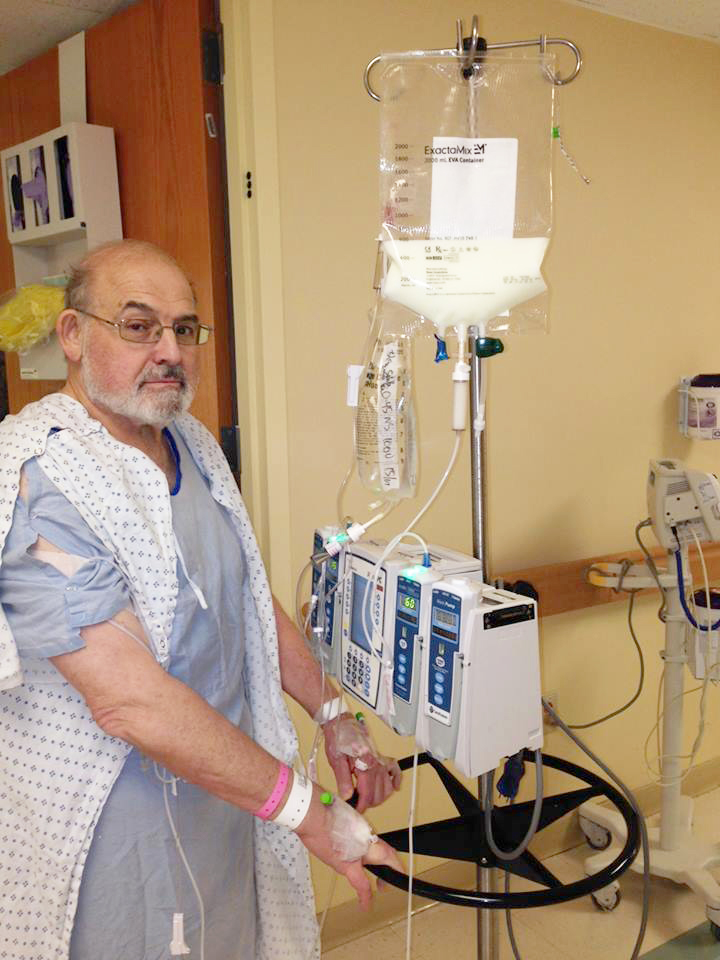By
Debra BenAvram, FASAE, CAE
Former ASPEN CEO
 What
does malnutrition look like? Probably very different than you think. In fact,
all too frequently, it looks a lot like my Dad.
What
does malnutrition look like? Probably very different than you think. In fact,
all too frequently, it looks a lot like my Dad.
A
while back, Dad was admitted to the hospital. He had no appetite and had lost a
significant amount of weight, but because he was not underweight and did not
appear malnourished, his nutritional state was not assessed. In the hospital,
Dad grew weaker, and it wasn’t until 10 days into his stay that he was started
on nutrition intervention.
When
a patient doesn’t get the calories they need — because of illness-induced loss
of appetite, gastrointestinal symptoms, or a reduced ability to chew or swallow
— not only can complications develop, but recovery can be significantly
affected. Without nutrition support, Dad’s outcomes could have been very
different.
Unfortunately,
his experience isn’t uncommon. Disease-related malnutrition in the elderly accounts
for the majority of malnutrition cases in the US. The causes of malnutrition
in older adults are a complex blend of physical, social, and psychological
issues — from the loss of appetite due to depression to the inability to get to
the store for groceries. And the symptoms of disease-related
malnutrition can mirror the signs of aging: unplanned weight loss, feeling weak
or tired, loss of appetite, swelling or fluid accumulation, and being able to
eat only in small amounts.
So, how do we address the
issue of malnutrition in seniors? Health care leaders and clinicians must know
that it is critical to promptly diagnose and treat malnourished patients. And
it is equally important for patients and
families to understand and be able to identify the signs of malnutrition.
Every
September, ASPEN hosts Malnutrition Awareness
Week™
to increase awareness of malnutrition, offer education on
its signs and treatment, and drive progress toward early nutrition intervention — so that stories like my Dad’s become a thing of
the past.
Read more patient stories.